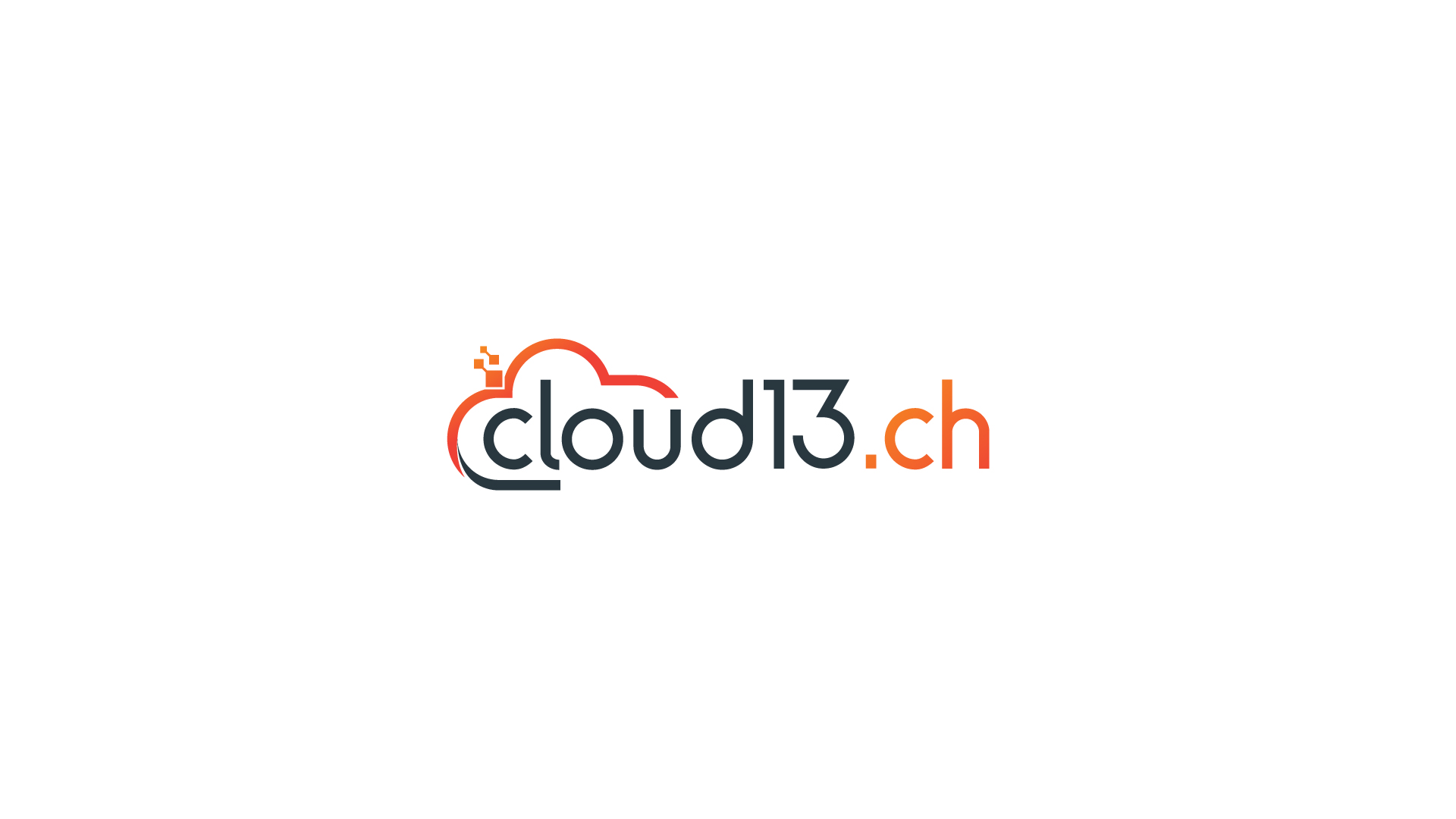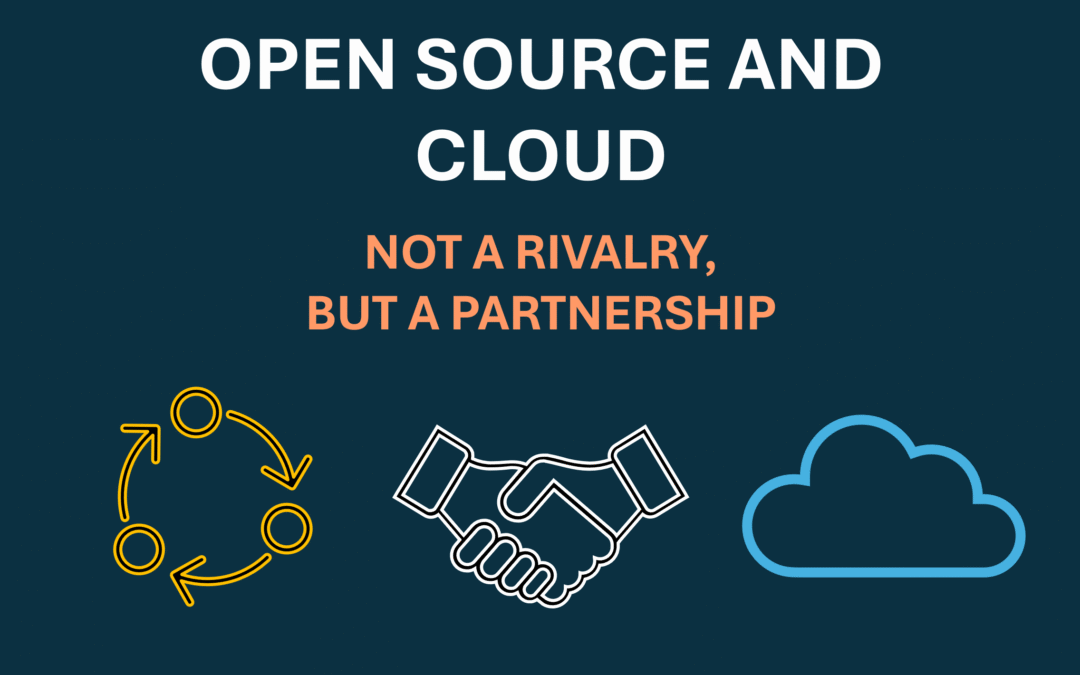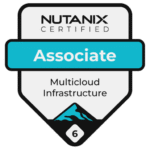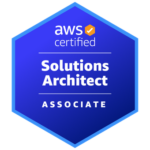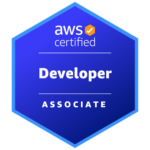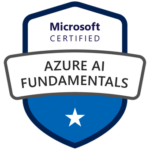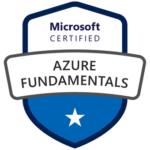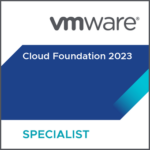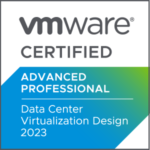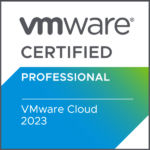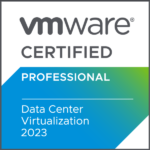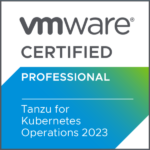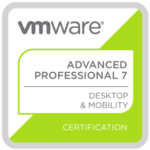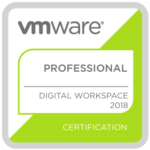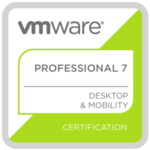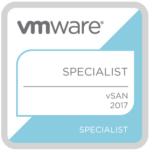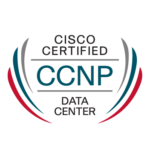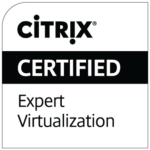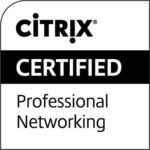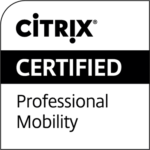This article continues the conversation started in “Open source can help with portability and lock-in – but it is not a silver bullet”, where we explored how open source technologies can reduce cloud lock-in, but aren’t a universal fix. Now we go one step further.
Open source software (OSS) is the unsung hero behind much of the innovation we see in the cloud today. From container runtimes powering serverless workloads to the databases running mission-critical apps, OSS is everywhere. But now the question arises: how do we make open source sustainable and what role do the cloud providers play?
Some say the hyperscalers are the villains in this story. I see it differently.
I believe the major cloud platforms including AWS, Azure, Google Cloud, and Oracle Cloud Infrastructure (OCI) are not undermining open source. On the contrary, they are expanding its reach, accelerating its maturity, and making it more accessible than ever before.
Open Source Is The Backbone of the Cloud
The most exciting thing about cloud platforms today is how accessible open source technology has become. Technologies like Kubernetes, Prometheus, MySQL, Redis, and Postgres are no longer just community-maintained stacks. They are global services delivered with enterprise reliability. What hyperscalers such as AWS, Azure, and Oracle Cloud have done is operationalize these tools at scale, offering managed services that developers trust, without caring for patching, HA or backups. The result is remarkable: global systems running OSS as a service.
In other words, turning OSS into mainstream infrastructure. That is not to be understated.
Running Open Source at Scale Is Hard (And Expensive)
Yes, open source is free to use. But it’s not free to run.
Anyone can deploy an open source application. Running it at scale, though? That’s a different story. It takes discipline, expertise, and relentless operational focus:
- high availability setups,
- automatic failover,
- performance tuning,
- deep telemetry,
- continuous patching,
- secure configurations,
- IAM integration,
- versioning strategy,
- backup orchestration,
- and regular upgrades.
They are day-to-day realities for teams operating at scale.
That’s why managed services from hyperscalers exist and why they are so widely adopted. Platforms like Amazon RDS, Azure Database for PostgreSQL, Google Cloud Memorystore, or Oracle MySQL HeatWave take the core of a powerful open source engine and remove the heavy lifting. You are not just getting hosted software, you are getting resilience, automation, and accountability.
When you consume Google’s GKE or Oracle Kubernetes Engine (OKE), you are effectively outsourcing operations. You gain predictability and uptime without building a 24/7 SRE team. That’s not lock-in. It’s operational leverage!
Hyperscalers aren’t restricting choice. They are offering a second path. One designed for teams that need focus, speed, and as little downtime as possible.
A Fair Critique – OSS Creators Left Behind?
Of course, there’s another side to this story. One that deserves attention.
Some open source creators and maintainers feel left behind in this cloud-powered success story. Their argument is simple: hyperscalers are monetizing open source projects at massive scale, often without contributing back in proportion – either in engineering resources, funding, or visibility.
And they have a point. Popular tools like MongoDB, Redis, and Elasticsearch were widely adopted, then productized by cloud platforms without formal partnerships. As a response, these projects changed their licenses to restrict commercial use by cloud providers. That, in turn, led to forks like OpenSearch (from Elasticsearch), Valkey (from Redis), or OpenTofu (from Terraform).
But this isn’t really a cloud problem, it’s an economic problem.
Open source used to be a side project or a contribution model. Today, it powers mission-critical infrastructure. That shift from volunteer-based innovation to always-on enterprise backbone created a funding gap. It’s no longer enough to push code to GitHub and wait for donations. Projects need full-time maintainers, security audits, documentation, roadmap planning, and long-term governance. That requires sustainable business models.
Cloud providers, on the other hand, rely on open source for customer value and velocity. Innovation doesn’t just come from inside hyperscaler walls, it flows in from the OSS community as well. The relationship is symbiotic. And it must evolve.
Yes, cloud vendors benefit from open ecosystems. But many are starting to give back – through engineering contributions, visibility programs, upstream engagement, and community funding. Oracle, for example, contributes to OpenJDK, GraalVM, and Helidon, and backs Linux Foundation efforts. Microsoft sponsors maintainers through GitHub Sponsors and supports dozens of OSS projects. Even AWS, who was long seen as an outsider, is now actively involved in maintaining forks like OpenSearch.
The path forward isn’t about choosing sides. It’s about redefining the balance: between freedom and funding, between platform and project. OSS maintainers need economic models that work. Hyperscalers need the trust and innovation open source brings. Everyone benefits when the relationship is healthy. Right?
Cloud and Open Source – Not a Rivalry, But a Partnership
The old “cloud versus open source” debate is no longer useful, because it no longer reflects reality.
We are not watching a rivalry unfold. We are witnessing mutual acceleration. Open source is the engine that drives much of today’s cloud innovation. And cloud platforms are the distribution channels that scale it to the world. One without the other? Still powerful, but far less impactful.
Today’s enterprise IT landscape is built on this pairing. We have Kubernetes running on managed clusters. It’s open telemetry pipelines feeding cloud-native observability. Then there is Linux, Postgres, Redis, and Java. All delivered as secure, scalable, managed services.
As you can see, behind the scenes, hyperscalers are contributing more than compute. They are actively investing in the open source ecosystem. And these aren’t isolated contributions, they signal a larger trend: cloud and OSS are no longer separate spheres. They are interdependent, each shaping the roadmap of the other.
And the real winners? Customers.
Enterprises benefit when innovation from open communities meets the scale, automation, and security of cloud platforms. You get the openness you want, and the reliability you need. You gain velocity without sacrificing visibility. You build on open standards while delivering business outcomes.
When cloud providers and OSS communities collaborate (and not compete), modern IT gets better for everyone.
Sustainable Collaboration
So, where does this go from here?
We are entering a phase where co-evolution between open source and cloud platforms becomes the norm. Sustainability is no longer just a community conversation. It’s becoming a core pillar of enterprise architecture and vendor strategy.
We will likely see a continued rise in permissive-but-protective licenses with models like Polyform, BSL, or even custom usage clauses that allow free adoption but limit monetization without contribution. These licenses won’t solve every conflict, but they are a step toward fairness by keeping projects open while preserving the creator’s ability to fund long-term development.
On the cloud provider side, we will see more intentional programs designed to give back. That could mean upstream engineering contributions, visibility via marketplace integration, or funding through sponsorships,
Meanwhile, OSS vendors and maintainers are moving beyond “just licenses” toward hybrid monetization. Some go SaaS-first. Some offer premium support or managed versions of their tools. We will also likely see more partnerships between OSS projects and cloud platforms, where integration, co-marketing, and joint roadmaps replace conflict with alignment.
And the payoff?
Enterprises will benefit the most. They will be able to build with the freedom and transparency of open source, while still consuming services with the resilience, automation, and support that modern business demands. No one wants to reinvent patching pipelines, build observability stacks from scratch, or manage HA for distributed databases. Managed services let teams focus on value, not plumbing.
The future isn’t about choosing between “cloud” or “open”, it’s about building systems that are both open and operable, both innovative and sustainable.
Because that’s the direction modern IT is already moving. Whether we plan for it or not.
Final Thoughts
Cloud platforms took tools from hobby projects and universities and turned them into the foundation of global infrastructure. That’s something worth acknowledging, even celebrating!
Of course, the discussion isn’t over. Sustainability matters. Transparency matters. But painting cloud providers as the problem risks missing the bigger opportunity.
Let us focus on building systems that are both open and operable. Let’s support OSS maintainers, not just in code, but in business. And let’s keep the conversation moving – not from a place of blame, but from a vision of shared success.
